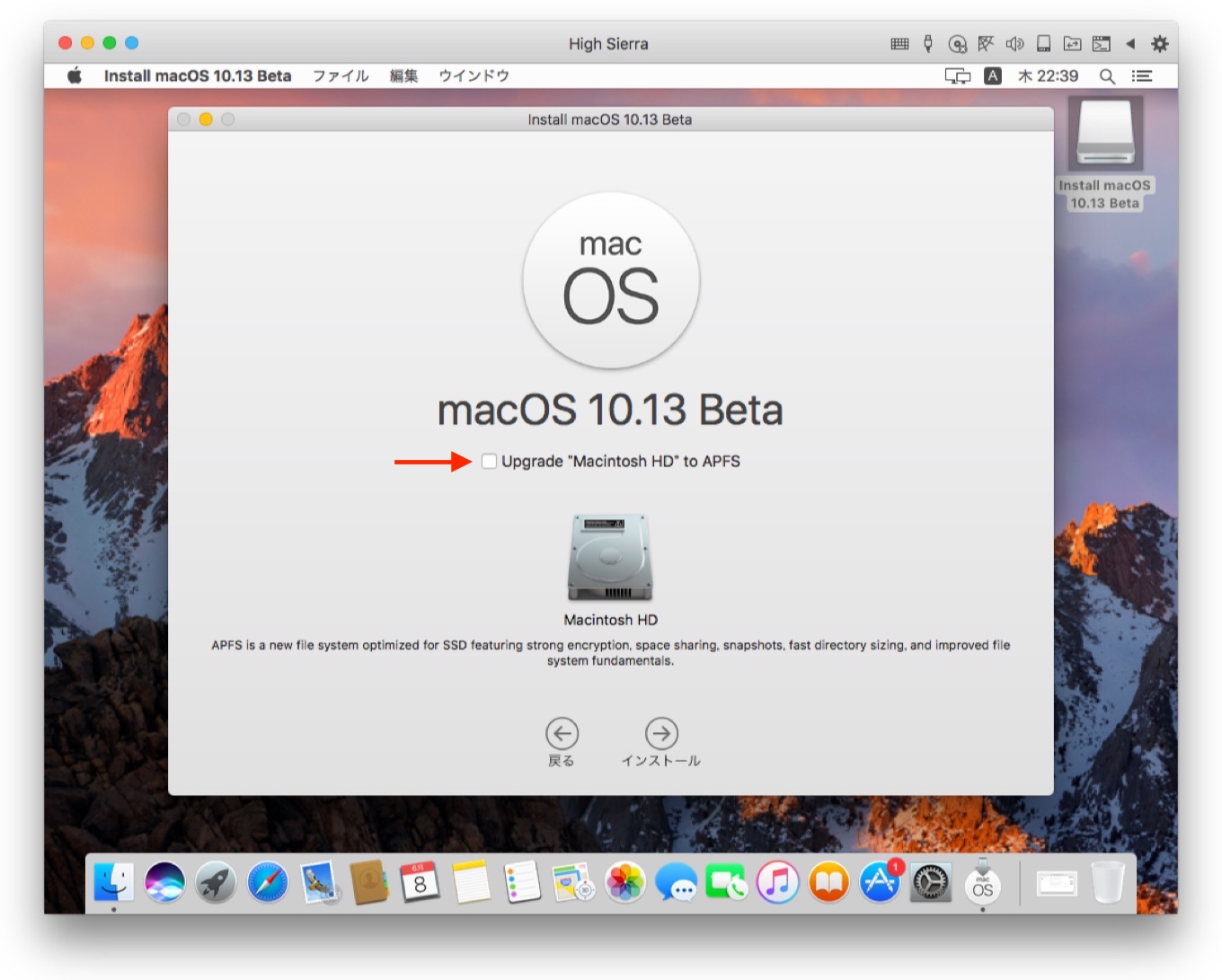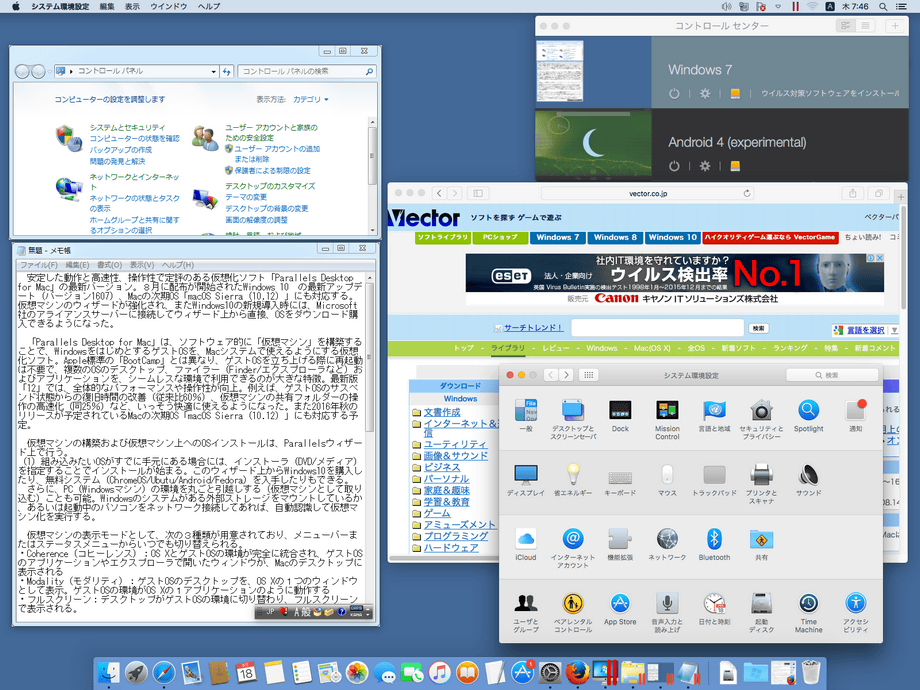
Please note that this can also be done using Parallels Device Management for Configuration Manager. The following table describes the payload keys and how to specify them to approve Parallels Desktop kernel extensions. To approve Parallels Desktop kernel extensions, you need to create a macOS configuration profile with the Kernel Extension Policy payload and then install it via MDM on Mac computers. For more information about User Approved Kernel Extension Loading and User Approved MDM enrollment, please see the following Apple Support article. This requires a Mac that is using macOS 10.13.2 or later and is either enrolled in MDM via DEP or whose MDM enrollment is User Approved. However, you can use MDM to specify kernel extensions that load without approval. Starting with macOS 10.13.4, enrolling in MDM no longer disables User Approved Kernel Extension Loading, and extensions previously allowed to load for that reason now require approval. A Mac runs macOS Big Sur or later and the Apple hypervisor option is used in the virtual machine configuration.The extensions are replacing previously approved extensions.This means that if Parallels Desktop was installed on a Mac before the update, you don't have to approve its kernel extensions. The extensions were on a Mac before macOS was updated to one of the versions listed above.Please note that kernel extensions don't require user consent if: If your Mac computers are not enrolled in MDM, you can use the spctl command while booted to macOS Recovery.Allowing kernel extensions to load via MDM configuration.This can be done using one of the following options:

As a system administrator, you can make the deployment more transparent for your Mac users by allowing Parallels Desktop kernel extensions to load before you deploy it on Mac computers.

See Manually approving kernel extensions.
Kernel extensions can be approved manually on a Mac computer. Installation of Parallels Desktop on Mac computers with Apple M1 chip is also seamless and you won't have to deal with kernel extensions. Note: To avoid dealing with kernel extensions, Parallels recommends to update all of your Mac computers to macOS Big Sur or higher where Parallels Desktop has the capability to run without using kernel extensions.


 0 kommentar(er)
0 kommentar(er)
